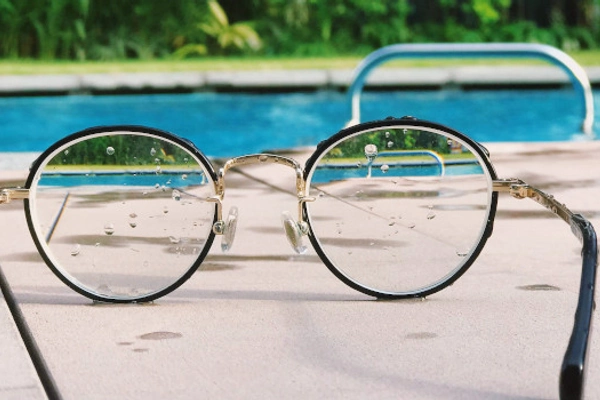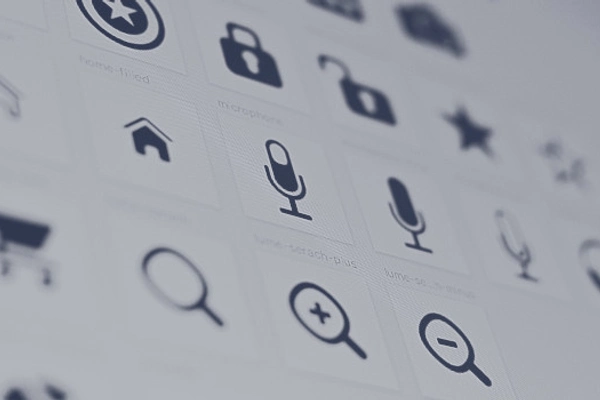Chart.js, an open-source project, was created to help designers with data visualization. It allows for creating 8 types of charts: bar, pie, line, bubble, area, scatter, and mixed, and is quite intuitive in use. Each of the charts can be animated and customized to fit your needs and liking. Minimalistic interface and limited options encourage clarity of ideas and eliminate distractions, but may not appeal to people, who need more design options to play with. Interestingly, Chart.js renders solely to canvas, which may be problematic for developers, who are obliged to include SVG support on their websites.
Source: https://unsplash.com/photos/1td5Iq5IvNc
Graphical JavaScript libraries: effective shortcuts to design success!
Sometimes elevators to success exist, and they take you straight to beautiful design, omitting endless lines of tedious code.
1. Chart.js
2. D3.js
D3.js is the ultimate king of the JavaScript frameworks, scoring more than a million downloads on a weekly basis, and gaining a huge following among developers. D3’s popularity is understandable given that it allows endless options for data visualization, letting designers play with a wide range of colors, shapes, and arrays. Offering DOM selection and AJAX techniques, it makes for an all-encompassing tool loved by developers. It can render to canvas and SVG, but SVG is the most common option for D3, as it supports the changing nature of data charts, and makes it possible to constantly update the visual data.
3. Chartist
Chartist is Chart’s little brother, allowing for data visualization with the help of customizable, responsive charts. It is compatible with the majority of browsers and makes it possible to create Advanced CSS Animations and SVG Animations with SMIL. Chartist’s main superpowers are its simplicity and customizability: as it renders to SVG, it can be easily customized to fit your desired aesthetic and interactivity. On the other side, Chartist’s offer is more limited than Chart’s, so it is a great option for true minimalists, who want to visualize their data in a clear, pleasant manner, without additional design details.
4. Two.js
Inspired by flat motion graphics, Two is a two-dimensional drawing JavaScript library, which offers a wide range of design possibilities and sets one’s imagination as the only design limitation. As it renders to svg, canvas, and webgl, and has built-in animation loop, it’s highly praised by many designers. Interestingly, Two’s hit feature is Scalable Vector Graphics Interpreter, which allows importing SVG elements created in Adobe Illustrator into your Two.js projects.
5. Anime.js
When it’s time to set your website in motion, Anime is a great JavaScript library to turn to. It works very well with CSS properties, SVG, DOM attributes, and JavaScript Objects, and makes it easy to create complex animations. It doesn’t support elements drawing, but rather breathes life into already existing elements, which is why it makes an excellent team player when combined with other JavaScript libraries. Anime’s mission is to bring interactivity into the web, so it is a perfect choice for developers interested in interactive movements!
Diligence may be the mother of good luck, but smart work is a success’ best friend. With the help of graphical JavaScript libraries, you can turn your attention towards what really matters: good design. Regardless of your needs, your websites’ requirements, and the visual information you want to show the world, there is always a JavaScript library to help you save the day, time, and money. There are many shortcuts in the quest for design perfection!



Sorry to hear that. How can we improve this article?